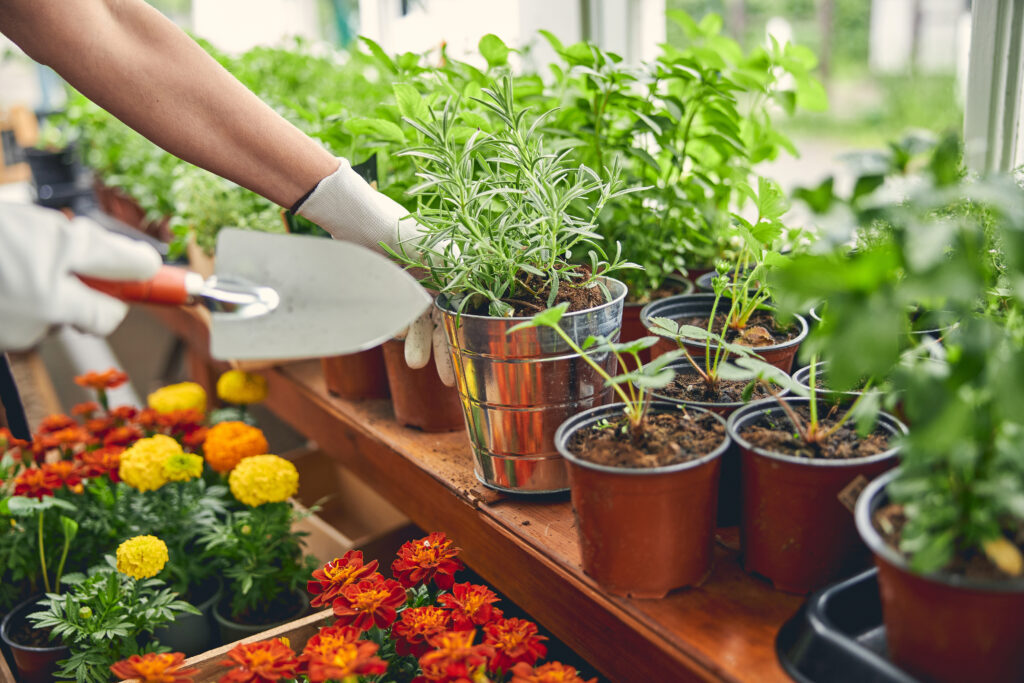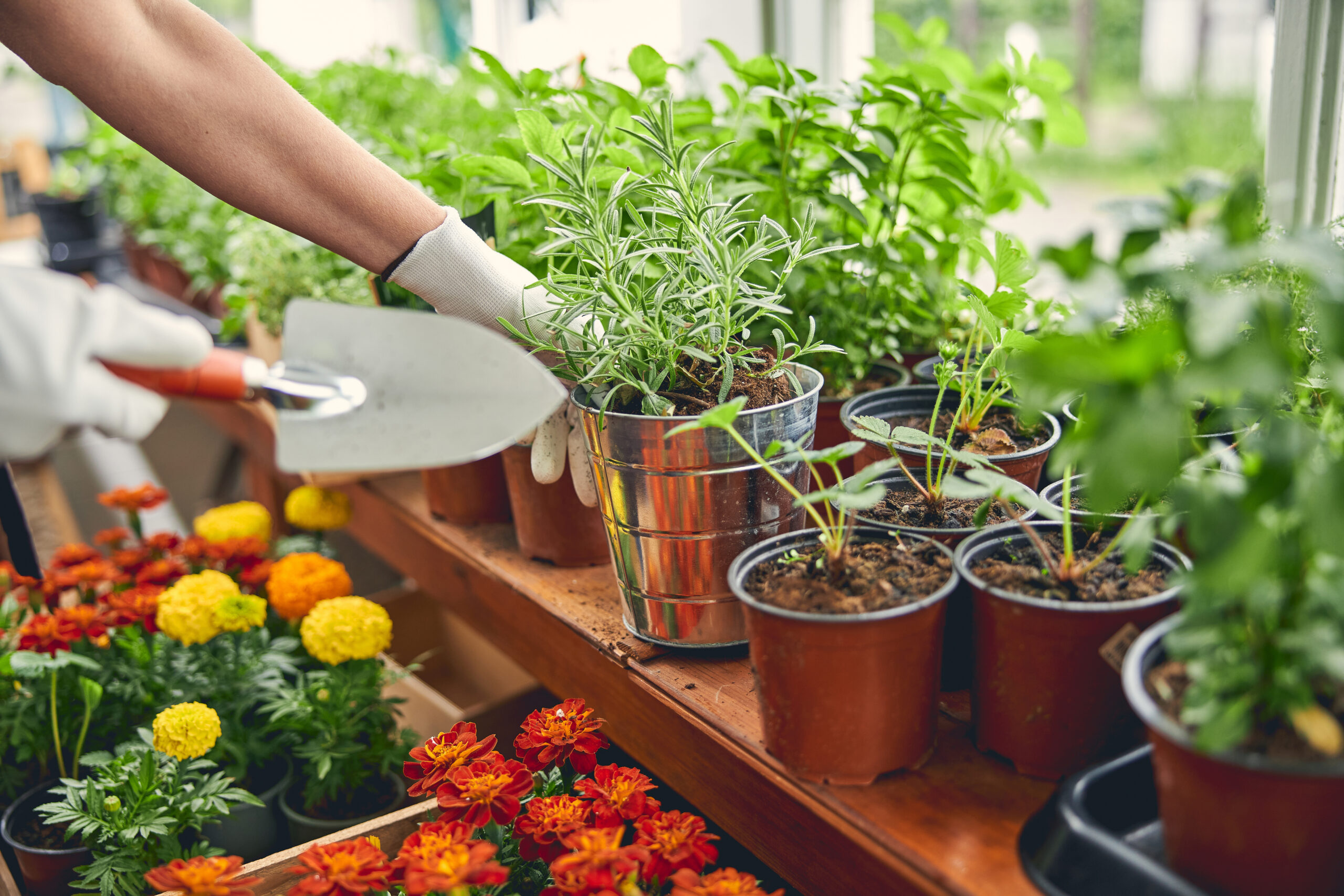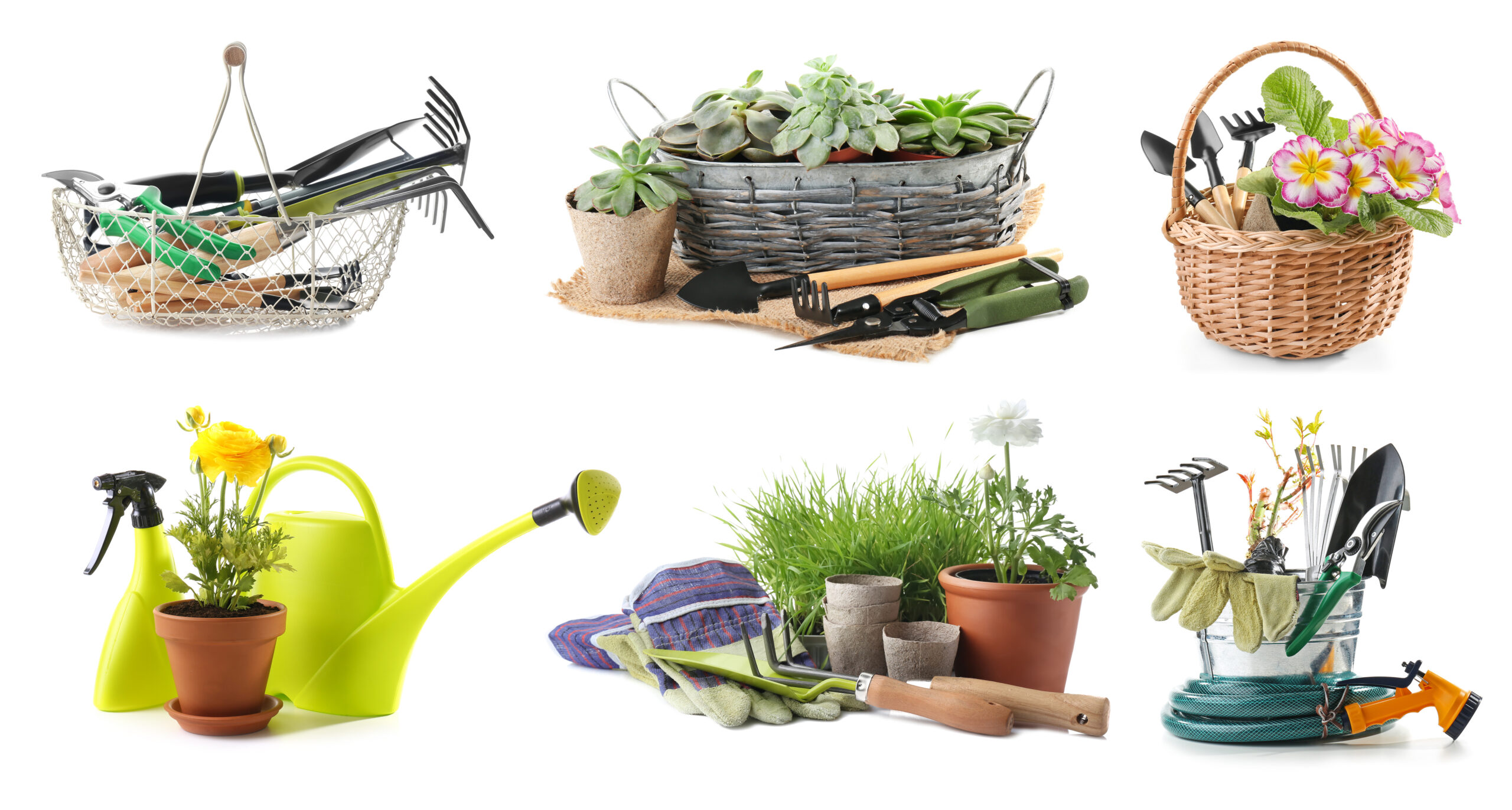
Envisioning Your Ideal Outdoor Sanctuary
Imagine stepping into your backyard and being enveloped by a tranquil oasis that soothes the senses and rejuvenates the soul. Close your eyes and visualize the elements you want in your outdoor sanctuary—whether it’s a bubbling water feature, lush greenery, or a cozy seating area surrounded by fragrant flowers. Consider how you want to use the space and how it can reflect your personal style and preferences. This vision will serve as the guiding light as you design your ultimate outdoor retreat.
Crafting a Harmonious Landscape Layout
A harmonious landscape layout is essential for creating a sense of cohesion and flow in your outdoor sanctuary. Sketch out a rough plan that includes key elements like pathways, garden beds, and focal points. Consider the natural features of your yard, such as slopes, views, and existing vegetation, and incorporate them into your design. Pay attention to scale, balance, and rhythm to create a landscape that feels balanced and inviting.
4. “Choosing the Perfect Plants: Crafting a Botanical Paradise”
Selecting Plants for Beauty and Functionality
Choosing the right plants is crucial for creating a botanical paradise that delights the senses and enhances the landscape. Consider plants that offer both beauty and functionality, such as ornamental grasses that sway in the breeze, fragrant flowers that attract pollinators, and evergreen shrubs that provide year-round interest. Pay attention to factors like color, texture, and form to create a diverse and visually appealing planting scheme.
Incorporating Native Plants for Sustainability
Native plants are the backbone of a sustainable garden, as they’re adapted to the local climate and require less maintenance than non-native species. Incorporate native plants into your garden design to support local ecosystems and wildlife. Choose species that are well-suited to your soil and sunlight conditions, and consider their water requirements and wildlife value. By embracing native plants, you can create a resilient and biodiverse garden that thrives with minimal intervention.
5. “Structuring Your Outdoor Retreat: Designing Functional Garden Elements”
Enhancing Functionality with Hardscaping
Hardscaping elements like pathways, patios, and pergolas add structure and functionality to your outdoor retreat. Design pathways that invite exploration and connect different areas of the garden. Create seating areas with comfortable furniture and shade structures for relaxation and entertainment. Incorporate features like fire pits, outdoor kitchens, and water features to enhance the ambiance and functionality of your outdoor space.
Balancing Softscaping with Hardscaping
Softscaping elements like plants, trees, and flowers soften the hardscape and add texture and color to your outdoor retreat. Choose plants that complement the architecture and style of your home, as well as the surrounding landscape. Consider the seasonal interest, growth habits, and maintenance requirements of each plant when selecting them for your garden. Balance the hardscape and softscape elements to create a harmonious and inviting outdoor environment.
6. “Maintaining Your Garden Sanctuary: Essential Care and Upkeep”
Providing Proper Watering and Soil Care
Proper watering and soil care are essential for maintaining a healthy and thriving garden sanctuary. Water plants deeply and infrequently to encourage deep root growth and drought tolerance. Monitor soil moisture levels regularly and adjust your watering schedule based on weather conditions and plant needs. Incorporate organic matter like compost into your soil to improve soil structure and fertility, providing essential nutrients for plant growth.
Managing Pests and Diseases Naturally
Pests and diseases can threaten the health and beauty of your garden sanctuary if left unchecked. Implement natural pest and disease management strategies to minimize damage and maintain plant health. Monitor your garden regularly for signs of pests and diseases, and take action promptly to prevent outbreaks. Use techniques like hand-picking, pruning, and companion planting to manage pests and diseases without resorting to chemical interventions.
7. “Maximizing Limited Space: Small-Scale Gardening Solutions”
Embracing Container Gardening
Container gardening is an excellent solution for gardening in small spaces, allowing you to grow plants on balconies, patios, and rooftops. Choose containers of various sizes, shapes, and materials that suit your aesthetic preferences and plant needs. Select plants that thrive in containers, such as herbs, vegetables, and flowers, and provide them with proper soil, drainage, and sunlight for optimal growth. Container gardening offers endless possibilities for creating beautiful and productive gardens in limited spaces.
Utilizing Vertical Gardening Techniques
Vertical gardening is another space-saving technique that maximizes growing area while adding visual interest to your outdoor retreat. Install trellises, arbors, or vertical planters to support climbing plants like vines, cucumbers, and tomatoes. Consider incorporating living walls or hanging baskets to create vertical gardens that cascade with foliage and flowers. Vertical gardening allows you to make the most of limited space and showcase a wide variety of plants in a small footprint.
8. “Creating a Haven for Wildlife: Attracting Birds, Butterflies, and Beneficial Insects”
Choosing Plants That Support Wildlife
Selecting plants that attract birds, butterflies, and beneficial insects is essential for creating a thriving ecosystem in your garden sanctuary. Choose a diverse selection of native plants that provide food, shelter, and nesting sites for wildlife. Incorporate plants with different bloom times and colors to attract a variety of pollinators and create a vibrant and dynamic garden environment.
Providing Water and Shelter for Wildlife
In addition to food sources, wildlife also need access to water and shelter to thrive. Create water features like birdbaths, ponds, or shallow dishes to provide drinking and bathing opportunities for birds and other animals. Incorporate dense vegetation, shrubs, and trees to create sheltered areas where wildlife can rest, seek refuge from predators, and nest. By providing essential resources, you can create a welcoming habitat for wildlife and enjoy the beauty and benefits they bring to your garden sanctuary.
These top 15 topics cover essential aspects of designing and maintaining a serene garden sanctuary, providing insights and practical tips for creating a tranquil outdoor retreat that nurtures the soul and fosters a deep connection with nature. Whether you’re a novice gardener or seasoned enthusiast, there’s always something new to learn and explore in the world of outdoor gardening.



